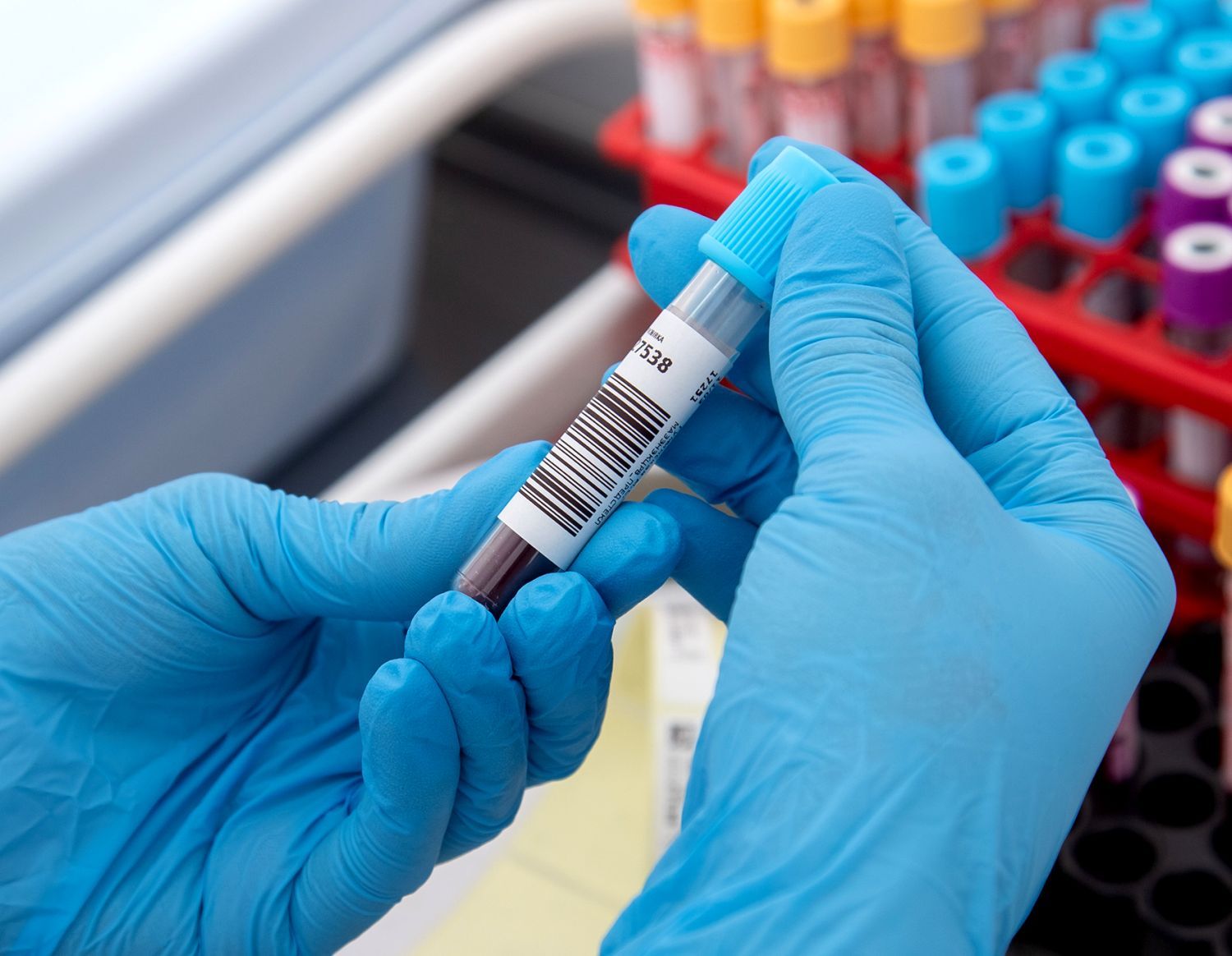Low Albumin High Globulin: Impact on A/G Ratio

Low Albumin High Globulin: Impact on A/G Ratio
The albumin-to-globulin (A/G) ratio is an essential blood marker that healthcare providers use to evaluate liver function, immune system health, and protein balance.
A low albumin and high globulin level creates an inverted A/G ratio, which might indicate underlying health concerns.
This guide explains the causes, health implications, and treatment options for a low albumin/high globulin pattern, helping you interpret blood test results accurately.
If you recently received your results back, saw your albumin/globulin ratio low, and need a personalized explanation regarding what it all means, LabAnalyzer can offer a specific breakdown.
What Causes Low Albumin with High Globulin?
Multiple medical conditions, lifestyle factors, and chronic diseases can lead to a low albumin level combined with high globulin.
Common causes include:
Liver Disease:
The liver produces albumin, so conditions like cirrhosis, hepatitis, or fatty liver disease can reduce its levels.
Studies show declining albumin production correlates with disease progression.
Regular monitoring helps track liver function changes.
Chronic Infections & Inflammation:
Prolonged infections, such as tuberculosis, chronic viral infections, or abscesses, increase globulin levels due to immune system activation.
The immune response triggers higher antibody production.
Testing shows progressive globulin elevation during active infections.
Autoimmune Disorders:
Diseases like lupus, rheumatoid arthritis, and multiple myeloma increase globulin levels while reducing albumin synthesis.
Immune system overactivity creates protein imbalances.
Blood tests show characteristic patterns of protein changes.
Malnutrition & Malabsorption:
Low protein intake or gut disorders, such as celiac disease, Crohn's disease, and chronic pancreatitis, interfere with proper albumin production and absorption.
Nutritional deficiencies affect protein synthesis.
Regular monitoring tracks improvement with treatment.
Medication Effects:
Long-term steroid use, chemotherapy, and some antibiotics might suppress albumin synthesis and increase globulin levels.
Treatment duration influences protein changes.
Healthcare providers adjust medications based on protein levels.
Using digital health tools like LabAnalyzer helps track these changes over time, enabling better understanding of test results and more informed discussions with healthcare providers.
Impact on A/G Ratio Calculations
Healthcare providers calculate the A/G ratio using the formula:
A/G Ratio = Albumin ÷ Globulin
A normal A/G ratio ranges from 1.1 to 2.5. When albumin drops and globulin rises, the A/G ratio can fall below 1.0, creating an inverted ratio.
A normal A/G ratio falls between 1.1 and 2.5, indicating balanced protein levels.
A low A/G ratio below 1.0 suggests potential health issues.
A very low A/G ratio below 0.8 may indicate liver disease, immune disorders, or chronic infections.
Healthcare providers recommend additional testing when they find a persistently inverted A/G ratio.
Health Implications
A low albumin/high globulin ratio affects multiple body systems, leading to:
Weakened Immune Function:
High globulin levels suggest chronic inflammation or immune system overactivity.
Regular monitoring tracks immune system changes.
Blood tests show specific protein pattern changes.
Increased Risk of Edema & Fluid Retention:
Low albumin reduces oncotic pressure, causing swelling in the legs, abdomen, or lungs.
Physical examinations reveal fluid accumulation.
Healthcare providers monitor weight changes.
Liver or Kidney Dysfunction:
Untreated low albumin can worsen organ failure in cirrhosis, hepatitis, or chronic kidney disease.
Regular testing tracks organ function.
Treatment adjustments depend on test results.
Muscle Weakness & Fatigue:
Albumin carries nutrients and maintains muscle health.
A deficiency leads to weakness, fatigue, and delayed healing.
Physical therapy helps maintain strength.
Common Medical Conditions Associated with Low A/G Ratio
Certain conditions frequently cause low albumin and high globulin levels, including:
Liver disease, such as cirrhosis and hepatitis, which lowers albumin and raises globulin.
Chronic kidney disease, where albumin decreases due to protein loss.
Autoimmune diseases, including lupus and rheumatoid arthritis, which elevate globulin levels from immune overactivity.
Multiple myeloma and other blood cancers, which cause abnormal globulin production.
Chronic infections, such as tuberculosis, HIV, and hepatitis C, which increase globulin levels from immune response.
Malnutrition and malabsorption disorders, where poor protein intake lowers albumin.
Healthcare providers often order additional tests, including liver function tests (LFTs), kidney function panels, or immunoglobulin testing for persistent low A/G ratios.
Treatment Approaches
Treatment strategies for a low albumin/high globulin ratio target the underlying cause.
Liver Support for Cirrhosis & Hepatitis:
Eliminate alcohol and hepatotoxic drugs.
Follow a liver-friendly diet that is low in sodium and high in antioxidants.
Take prescribed medications for liver disease management.
Track progress through regular testing.
Managing Autoimmune Disorders:
Use anti-inflammatory drugs and immunosuppressants to control immune overactivity.
Monitor blood regularly to track globulin levels.
Adjust treatment based on test results.
Use digital tools to track medication effectiveness.
Nutritional Interventions:
Increase high-quality protein intake from sources like lean meats, eggs, dairy, and legumes.
Address gut health issues affecting absorption.
Monitor nutritional improvements through testing.
Track dietary changes and their effects.
Infection Control:
Use long-term antiviral or antibiotic treatments for chronic infections.
Regularly monitor immune function for conditions like HIV or tuberculosis.
Adjust treatment based on response to medications.
Track infection status through blood tests.
Kidney & Fluid Balance Management:
Follow a low-sodium diet to prevent fluid retention.
Take diuretics or receive albumin infusions in severe cases.
Monitor fluid status through regular testing.
Track weight changes and symptoms.
Recovery Timeline
A/G ratio improvement varies based on the cause and treatment plan.
Liver disease: Improvement may take 3 to 6 months with lifestyle changes and medication.
Autoimmune disorders: Ongoing management is required, with improvement seen within weeks to months with proper treatment.
Chronic infections: Recovery can take several months, depending on severity and response to treatment.
Malnutrition recovery: Nutritional support and increased protein intake can improve albumin levels in 2 to 6 months.
Kidney disease: Management varies, with some cases requiring lifelong monitoring.
Using LabAnalyzer helps patients and healthcare providers track A/G ratio changes throughout treatment, enabling timely adjustments and better outcomes through data-driven decisions.